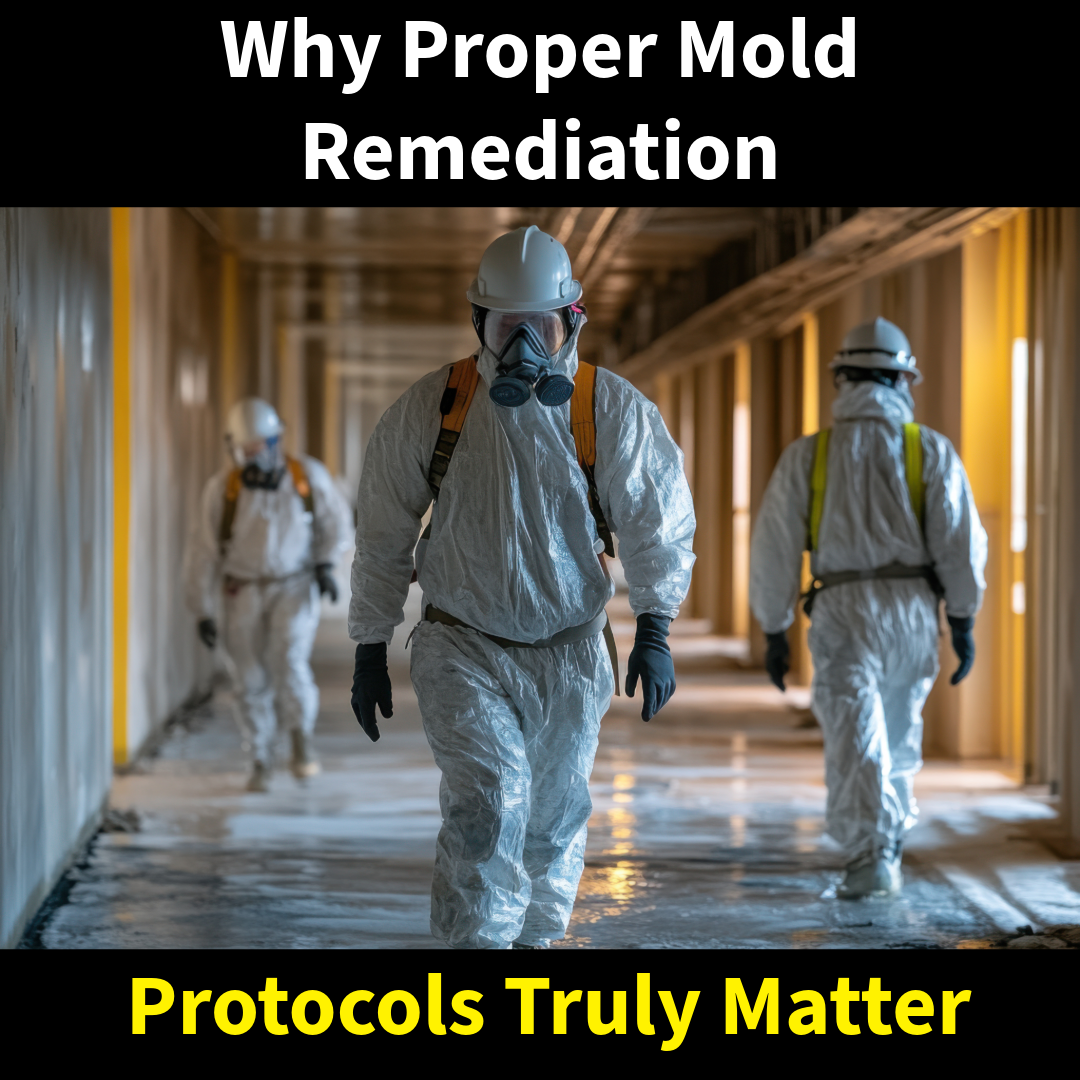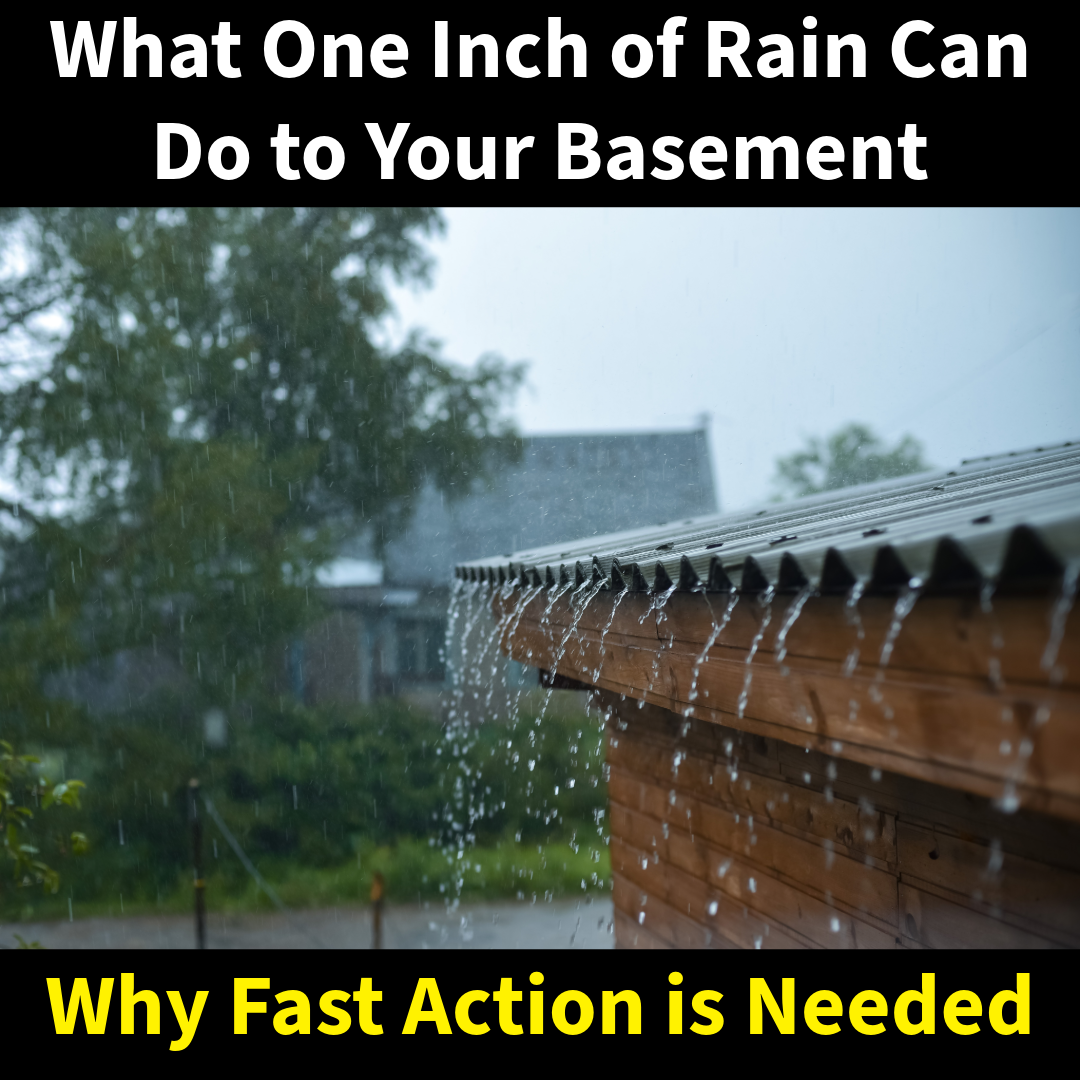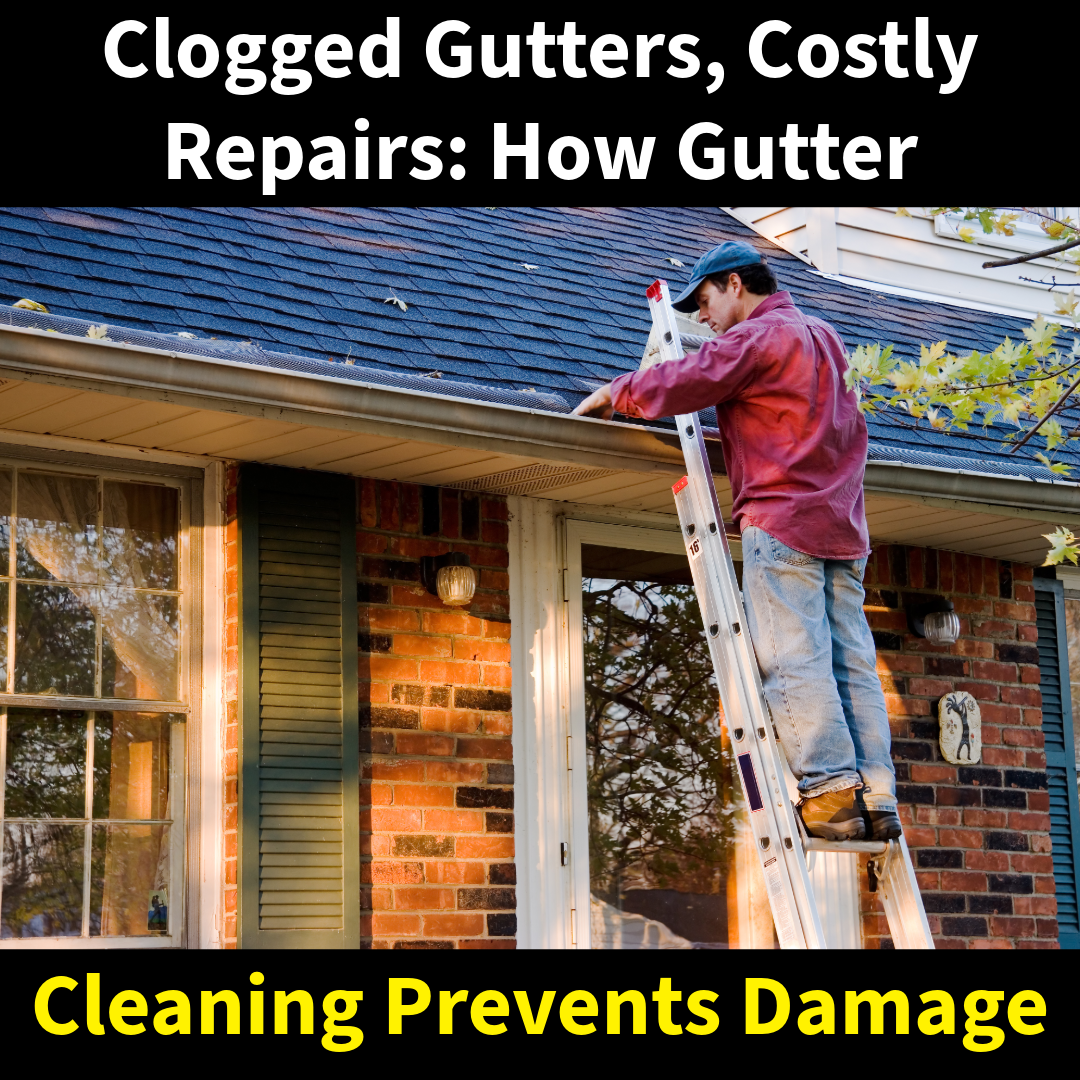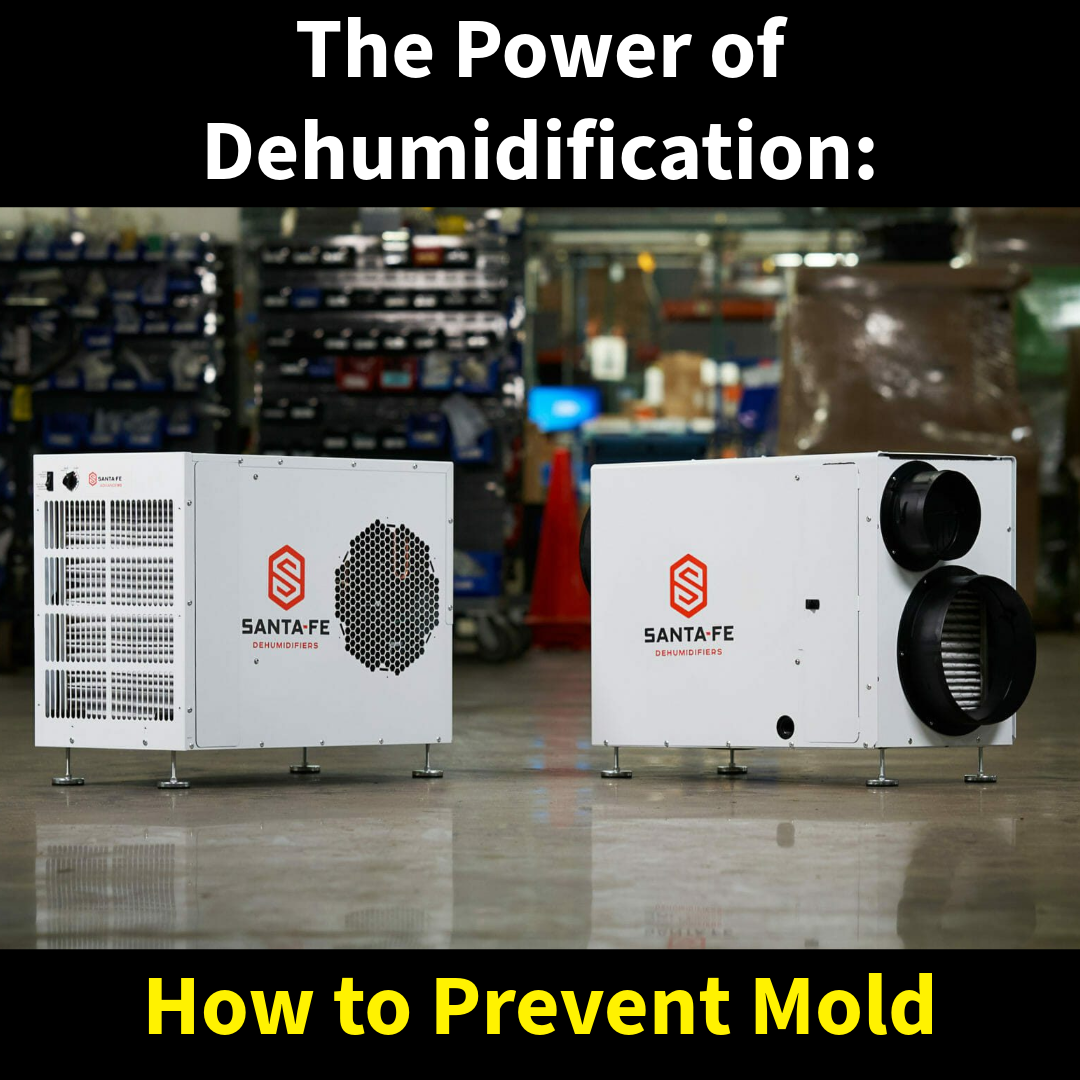Bathrooms are one of the most common places for mold to grow — and in most cases, the cause comes down to one thing: poor ventilation. Whether you’re a homeowner trying to keep your house healthy or a landlord responsible for tenant safety, having the right setup in the bathroom isn’t optional — it’s essential.
A Window Isn’t Enough
Some people assume that cracking a bathroom window is a good substitute for an exhaust fan. It’s not. Bathrooms generate a high volume of warm, moist air — especially during showers — and that moisture needs to be pulled out of the space quickly. A window may provide some cross-ventilation, but it won’t remove steam efficiently or consistently. The result? Moisture clings to walls, ceilings, and fixtures, creating the perfect breeding ground for mold.
No Fan? Expect Problems.
If your bathroom doesn’t have an exhaust fan, you’re likely dealing with:
- Persistent humidity even hours after a shower
- Peeling paint or bubbling drywall
- Black mold or mildew stains on ceilings or around grout lines
- Musty odors that won’t go away
These signs often appear gradually, but the damage they represent can grow quickly — and silently behind your walls, too.
Automatic Exhaust Fans: A Landlord’s Best Friend
For landlords and property managers, relying on tenants to manually turn on exhaust fans isn’t always realistic. That’s why installing a fan that automatically activates when the bathroom light is turned on (or is triggered by a humidity sensor) is a smart move. It reduces liability, prevents mold issues, and ensures your building stays compliant with ventilation codes.
Eliminating the “off switch” altogether ensures that every shower is followed by proper moisture removal — not by wishful thinking.
Prevention Is Cheaper Than Remediation
Bathroom mold can lead to costly repairs, damage tenant relations, and cause indoor air quality issues. Ventilation is one of the easiest — and cheapest — ways to prevent it. If you’re unsure whether your fan is working properly or suspect mold is already present, MSI can help inspect, test, and recommend the next steps.next steps.









